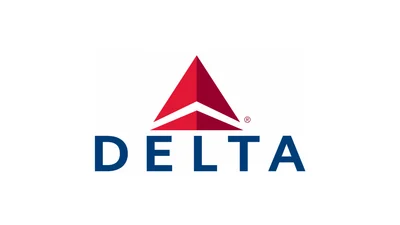With advances in aviation technology pushing airlines toward more efficient aircraft that could fly long distances with fewer engines, Boeing recognized it needed to update its jumbo jet line. The resulting 747-8 combined continuity with innovation by integrating next-generation engines, a redesigned wing inspired by developments on other Boeing models, and a stretched fuselage for increased capacity.
One significant change between older models like the 747-200 and newer ones like the 747-8 is found in cockpit design. The earlier aircraft relied on traditional analogue instruments and required a three-person crew including a flight engineer. In contrast, “the 747-8 features a modern glass cockpit with advanced avionics,” reducing crew requirements to two pilots and lowering training costs through standardized controls.
Partial fly-by-wire systems were also introduced on the latest variant to enhance control precision while not fully replacing conventional controls. Upgrades in flight management software further aligned operational procedures with other recent Boeing designs.
From an operational standpoint, although ground support compatibility was maintained to ease transition for airlines already operating earlier variants, some infrastructure adjustments were necessary due to increased wingspan—224 feet 7 inches (68.4 meters) compared to previous generations—which limited airport accessibility for certain carriers.
In terms of physical dimensions, “the aircraft is stretched compared to earlier 747 models…making it the longest passenger aircraft in the world at time of its debut.” This provided flexibility for airlines configuring cabins (typically accommodating between 450–467 passengers in three classes) or operating cargo services where higher payload volumes are critical.
However, this stretch also created challenges such as handling during taxiing or takeoff rotation; engineers worked to ensure predictable performance despite these changes.
The most notable technical advancement came from aerodynamic updates: “the 747-8 features a higher-aspect-ratio wing with raked wingtips,” improving lift-to-drag ratio along with new materials and flaps enhancing efficiency over long ranges. Engine upgrades played an important role as well—the adoption of General Electric GEnx-2B67 powerplants led to quieter operations and reduced emissions when compared against previous engine options like Pratt & Whitney JT9D or Rolls-Royce RB211 families used on older models.
These engineering enhancements resulted in up to twenty percent lower fuel consumption relative to earlier versions such as the popular 747-400 model—a crucial improvement for airlines operating ultra-long-haul flights given industry focus on cost savings per seat mile.
Despite these technological achievements, market realities posed obstacles for widespread adoption: twin-engine widebodies increasingly dominated orders because they could offer similar range at lower operating costs without some of airport limitations imposed by larger airframes. Consequently, while freighter versions found continued use thanks to their unmatched payload capabilities—including nose-loading functionality—passenger variants saw limited demand among major global carriers.
Further specification comparisons illustrate these trends:
For example:
• Earlier variants like the GE CF6-50 engine equipped on classic models delivered thrust ratings between approximately forty-six thousand pounds-force (lbf) up through sixty-six thousand five hundred lbf seen on GEnx-equipped -8s.
• Bypass ratios rose from about four-point-five (classic) up to eight-point-zero (latest).
• Maximum takeoff weights climbed from seven hundred thirty-five thousand pounds (333 metric tons) up toward nearly one million pounds (447 metric tons).
• Passenger capacities expanded from around three hundred sixty-six seats (3-class configuration) in initial versions up past four hundred sixty-seven seats.
• Range improved steadily across generations—from six thousand seven hundred eighty nautical miles (~12,550 km) up above seven thousand seven hundred thirty nautical miles (~14,320 km).
Noise compliance standards progressed alongside design refinements; whereas classics met Stage Three regulations set decades ago—subsequent iterations satisfied increasingly strict benchmarks culminating in Stage Four approval for newest deliveries.
Economic pressures further complicated prospects upon entry into service amid high oil prices during early-to-mid-2010s; environmental rules also grew tighter just as twinjets made substantial leaps forward both technologically and commercially.
Ultimately: “The evolution from the 747‑200 to the 747‑400 to the 747‑8 highlights both technological progress and changing market economics.”
As production concludes with limited customer uptake beyond specialized uses (notably freight), many see this final generation serving both as tribute—and epilogue—to what remains one of aviation’s defining icons: bridging historic grandeur with pragmatic innovation shaped by contemporary airline priorities.
 Alerts Sign-up
Alerts Sign-up




































